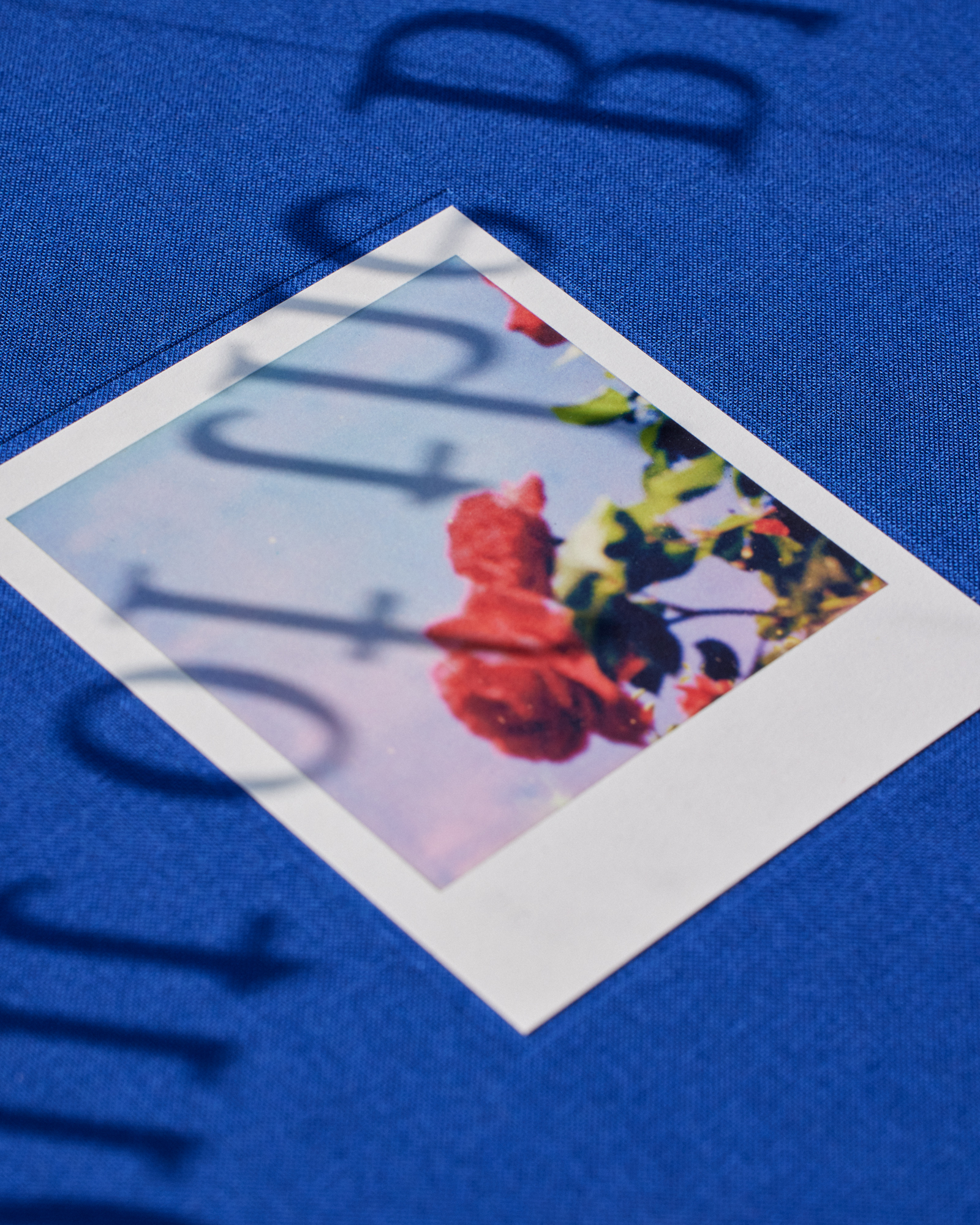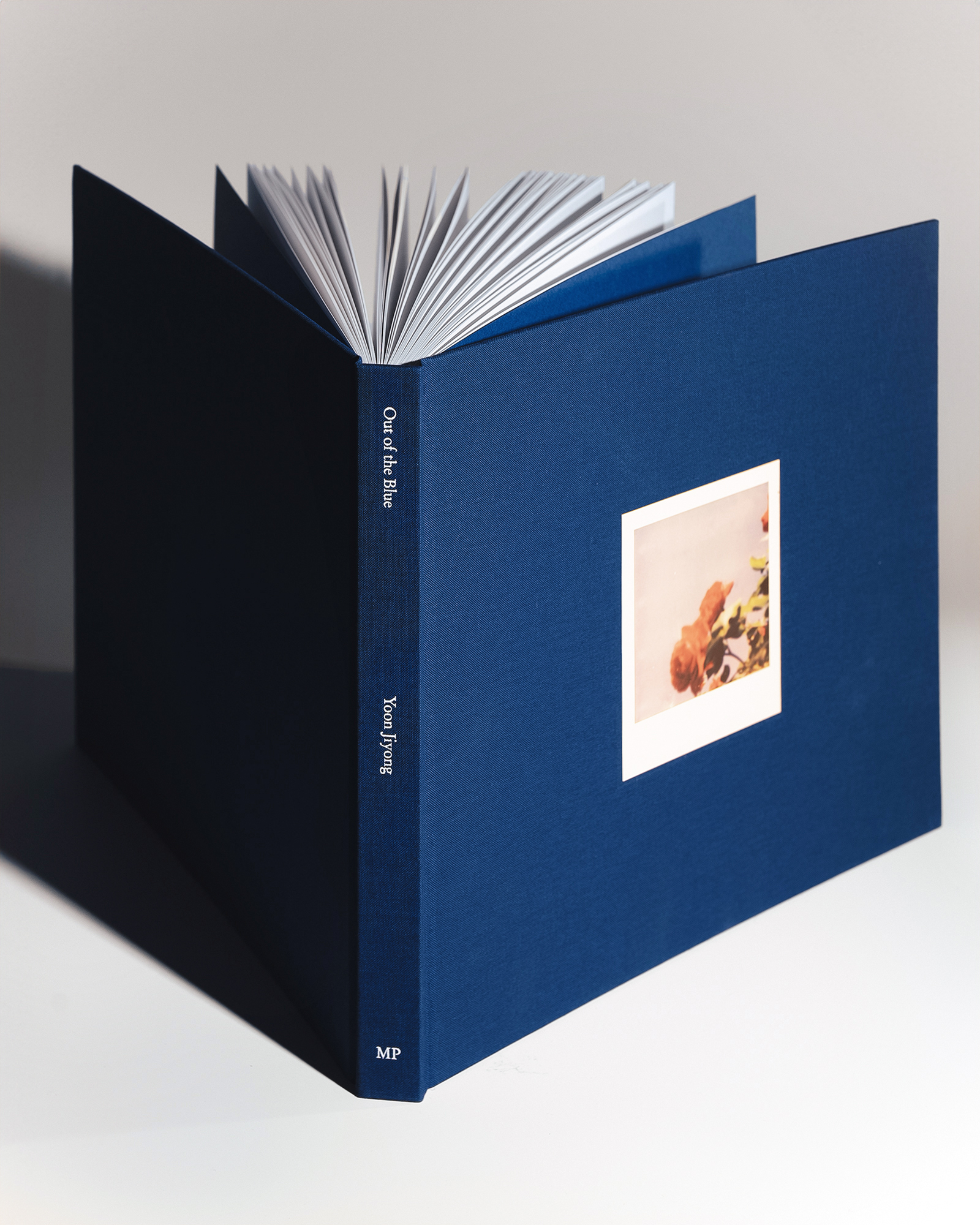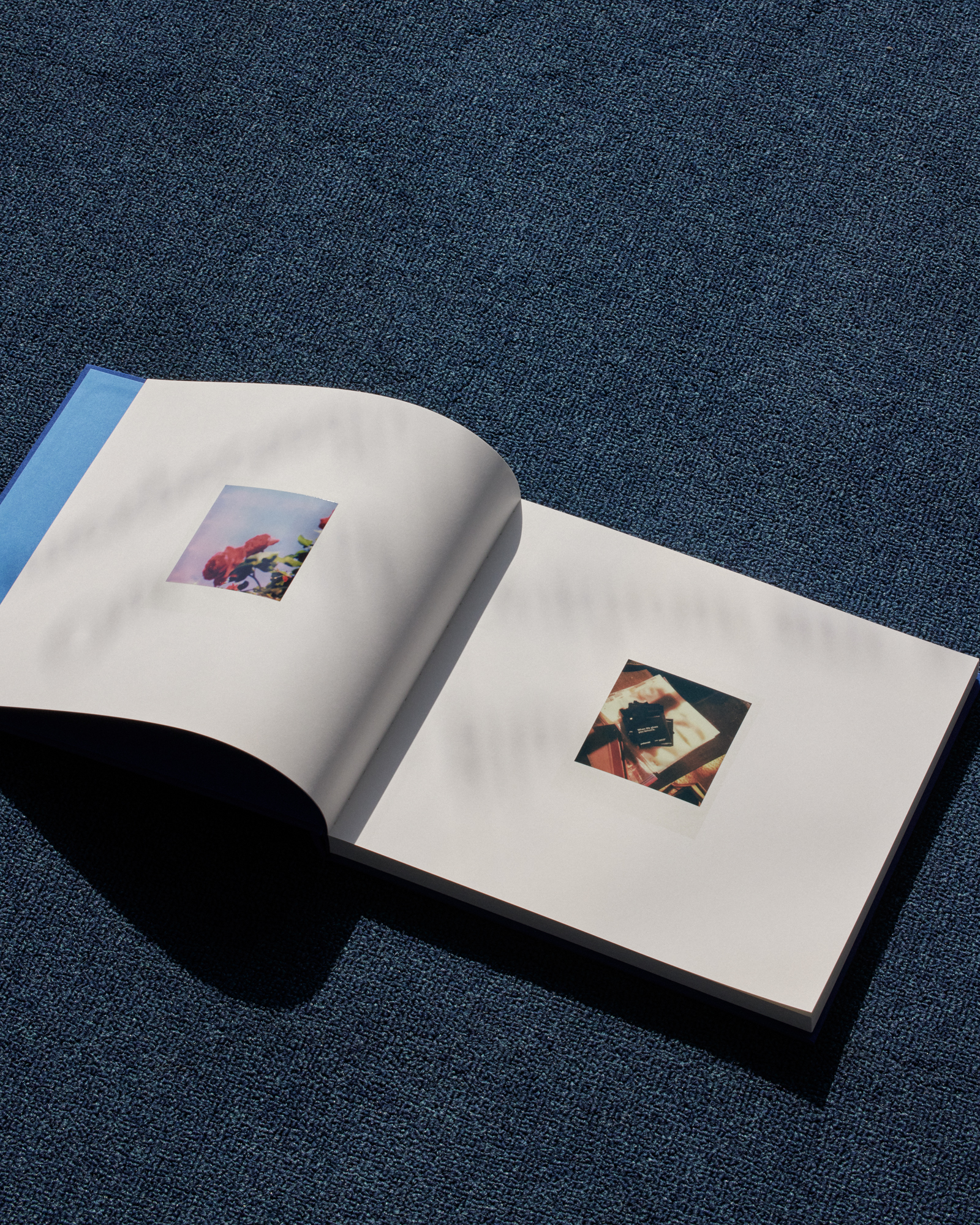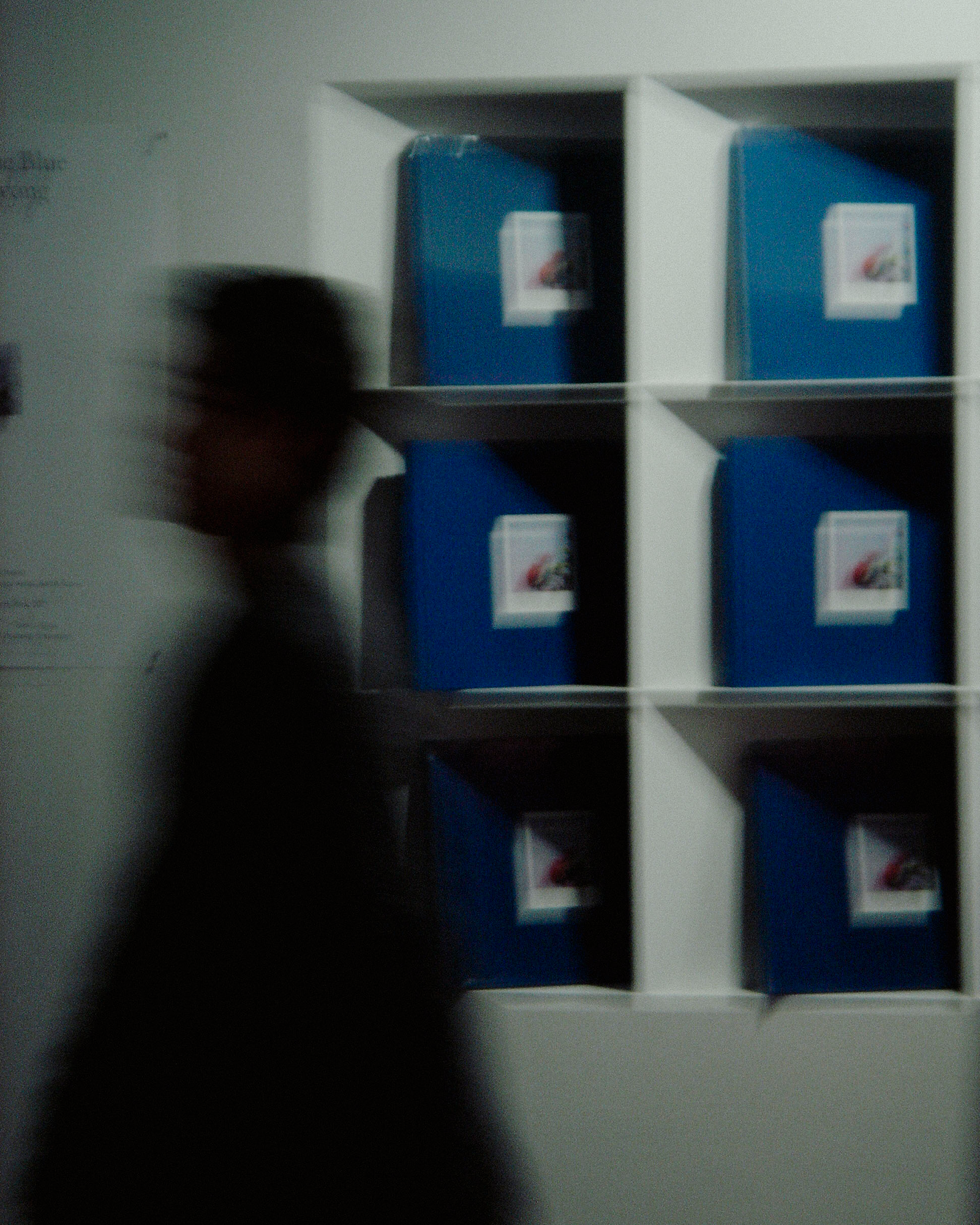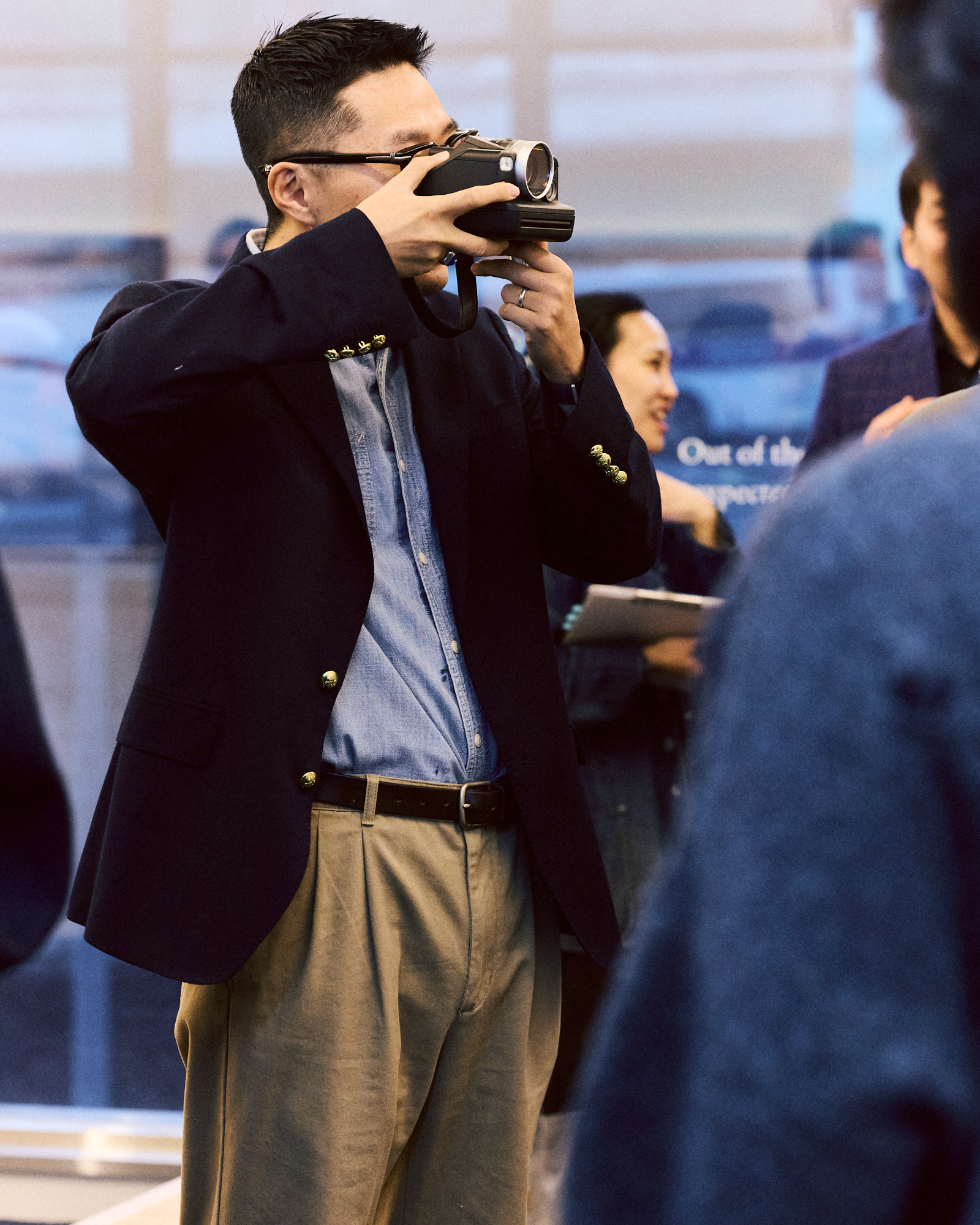Yoon Jiyong
Photographer
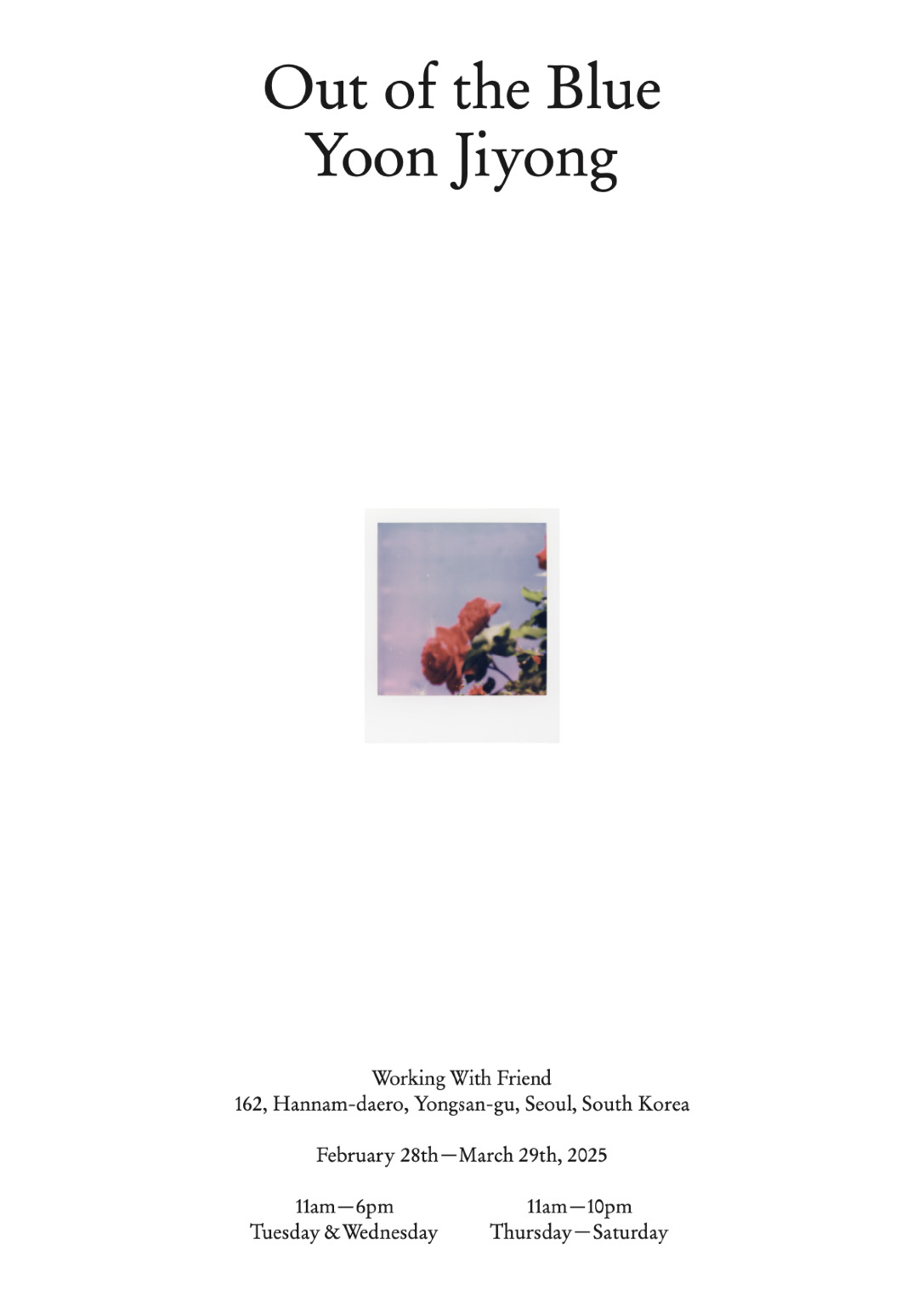
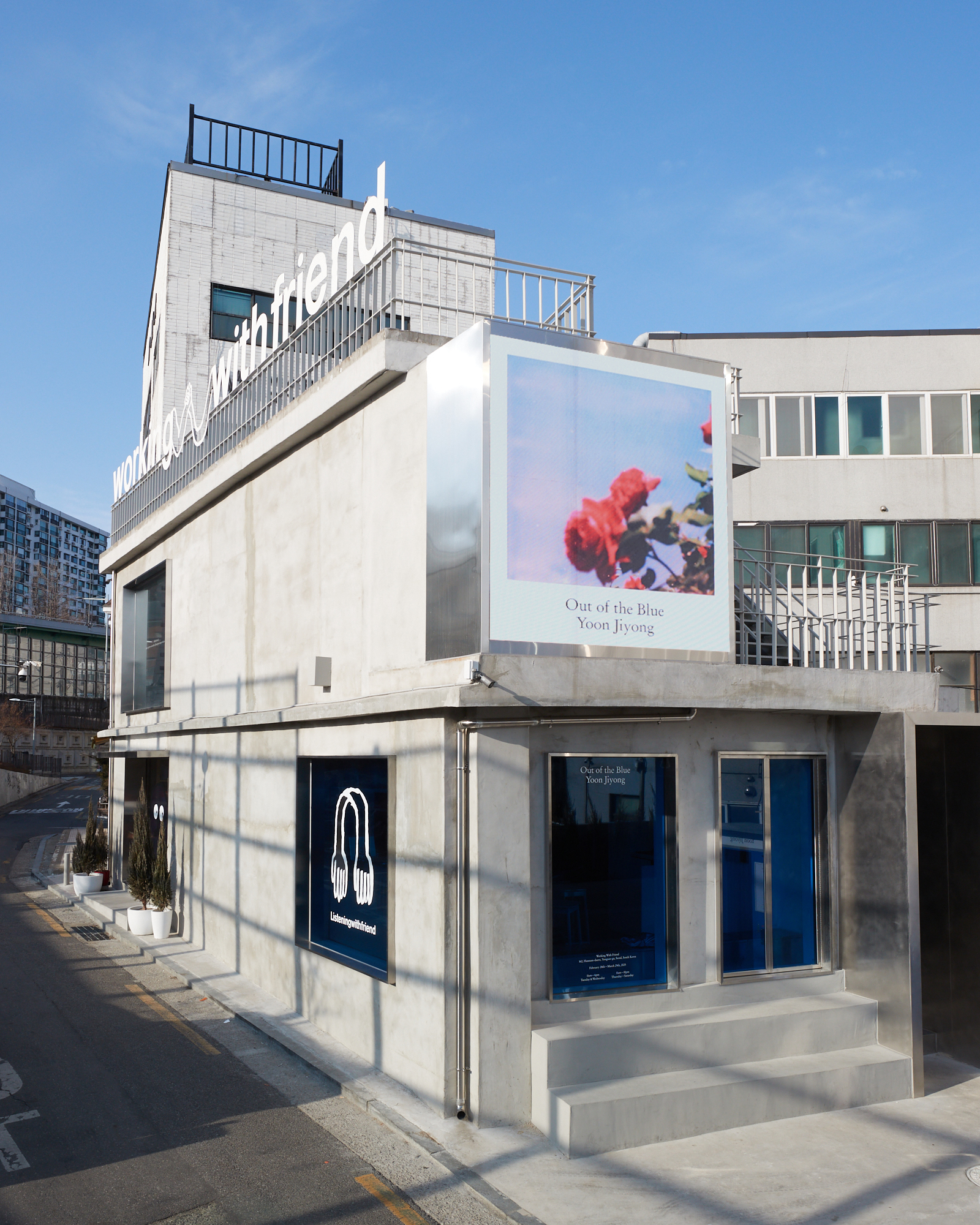
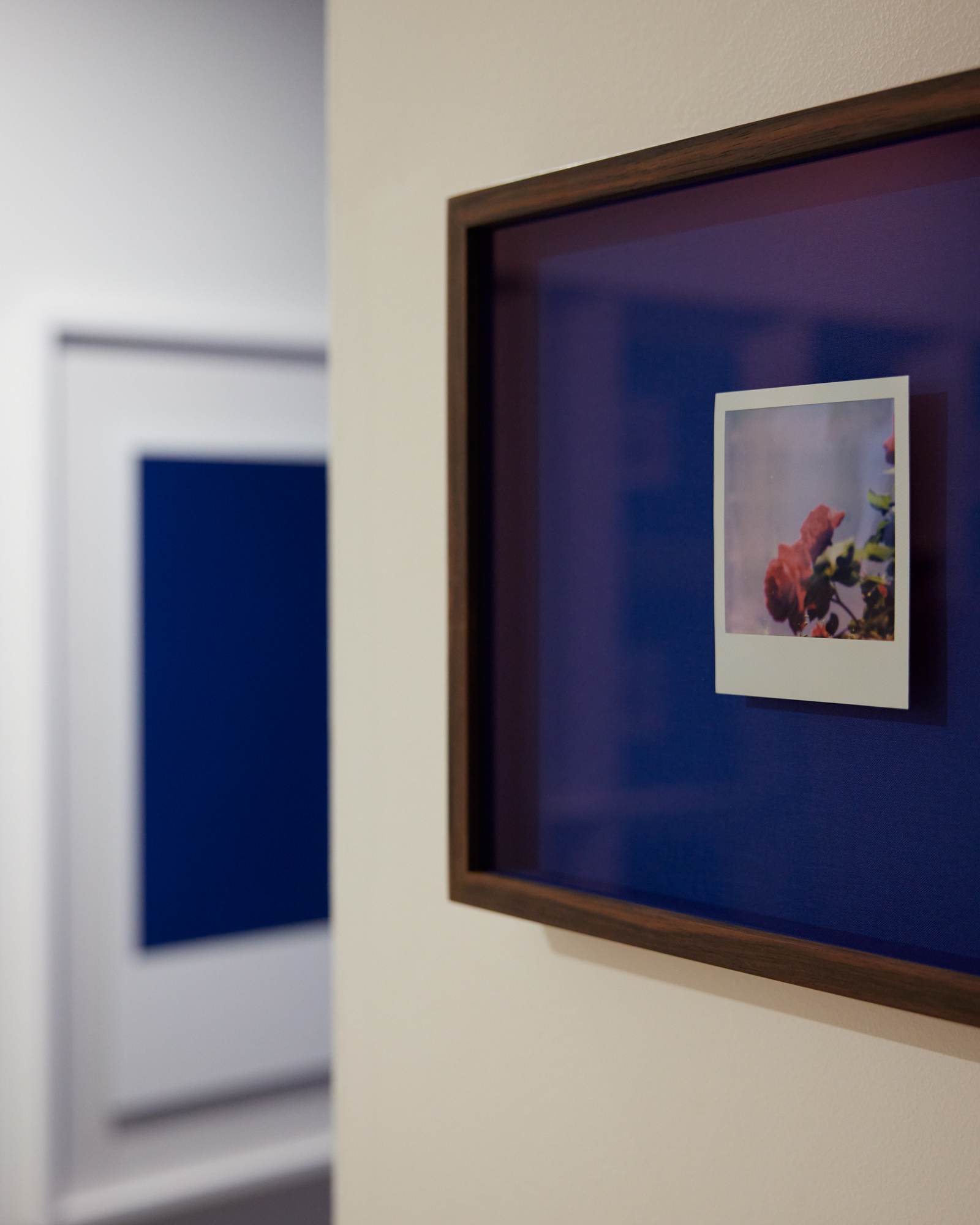
Out of the Blue Something that happens unexpectedly, without any warning or sign. Tragedy always strikes without warning.
On February 28, 2024, photographer Yoon Jiyong suffered a devastating accident when the platform he had been standing on suddenly collapsed during a shoot. The impact ruptured his heart, shattered his body, and left him teetering between life and death. Exactly one year later, on February 28, 2025, he faces the world again through Out of the Blue, an exhibition chronicling his pain, trauma, healing, and recovery. This exhibition unfolds in two chapters. The first documents his six-month hospitalization at Ajou University Hospital (February 28–September 6, 2024). The second follows his time in Hawaii, where he focused on rehabilitation after being discharged (December 5, 2024–January 9, 2025). Months of confinement in the hospital narrowed his world. But in Hawaii, a place of healing, his perspective widened once again, crossing into freedom. At first glance, the two settings seem worlds apart. Yet both are part of the same journey—enduring pain, reclaiming life, and moving forward. His camera became both a window to the world and a tool for confronting pain and charting his path toward recovery.
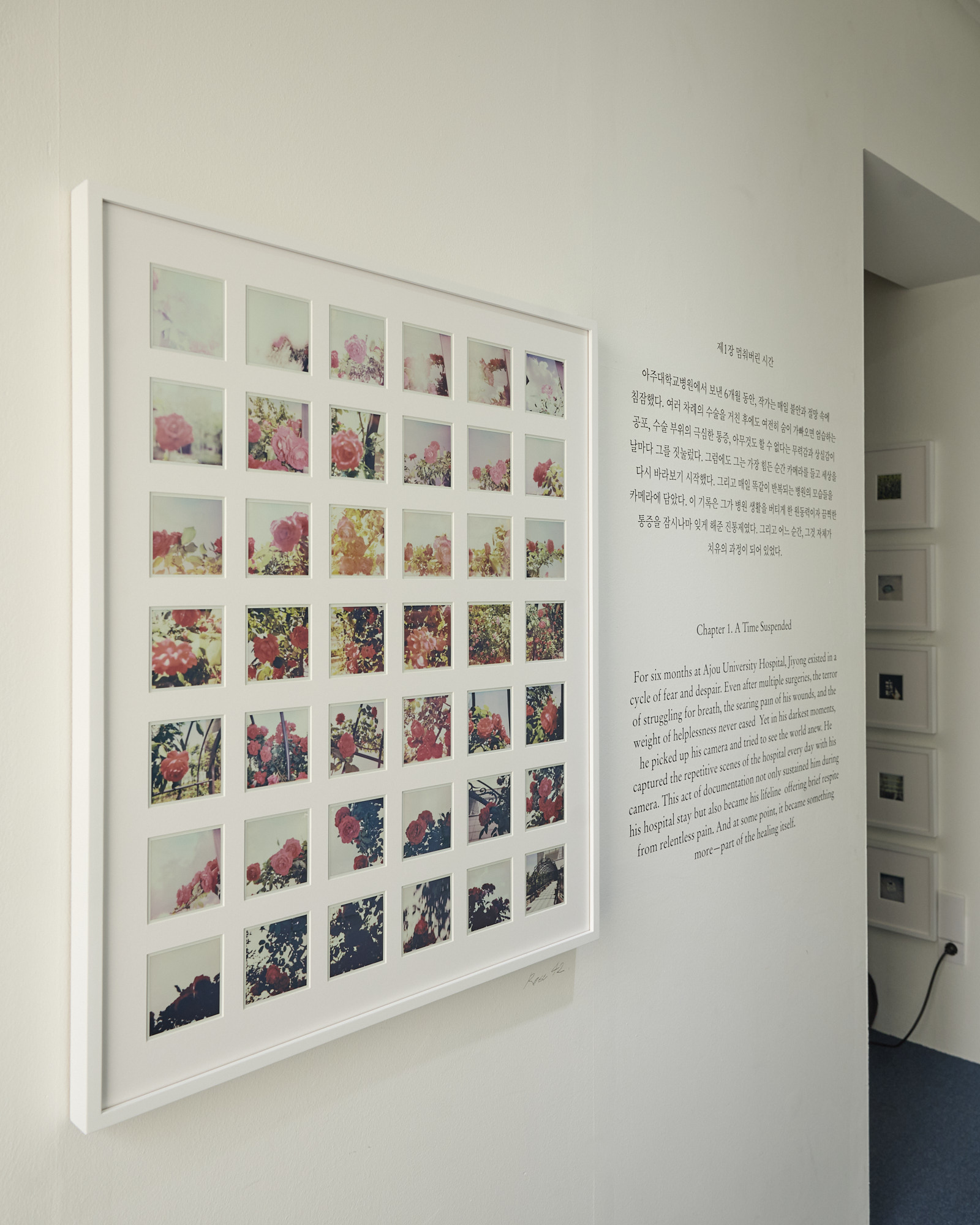


Chapter 1: A Time Suspended For six months at Ajou University Hospital, Jiyong existed in a cycle of fear and despair. Even after multiple surgeries, the terror of struggling for breath, the searing pain of his wounds, and the weight of helplessness never eased. Yet in his darkest moments, he picked up his camera and tried to see the world anew. In hospitals, days blur together, and the changing seasons are easy to miss. But one afternoon in May, as spring transitioned ever so slowly to summer, Jiyong celebrated the removal of the bandages from his right hand by taking his Polaroid camera to the rooftop, where roses bloomed. That day, the sky was a striking blue, and the roses shimmered in the sunlight. From then on, he took pictures of the rooftop almost every day. He captured rain-soaked dark roses during the monsoon, withered crimson blooms in the summer heat, and the shadows of drooping petals at dusk. As he gazed at the flowers, he began to notice the subtle changes in the sky, the slow movement of clouds. Amid the monotony of hospital life, the roses and the sky became his only palette in an otherwise colorless world, offering him a deep sense of solace, rehabilitation equipment he handled daily, even the simple snacks shared among patients. He captured it all with his camera. This act of documentation not only sustained him during his hospital stay but also became his lifeline, offering brief respite from relentless pain. And at some point, it became something more—part of the healing itself. Soon, other aspects of the hospital took on new significance: the warm sunlight spilling into the corridors, the
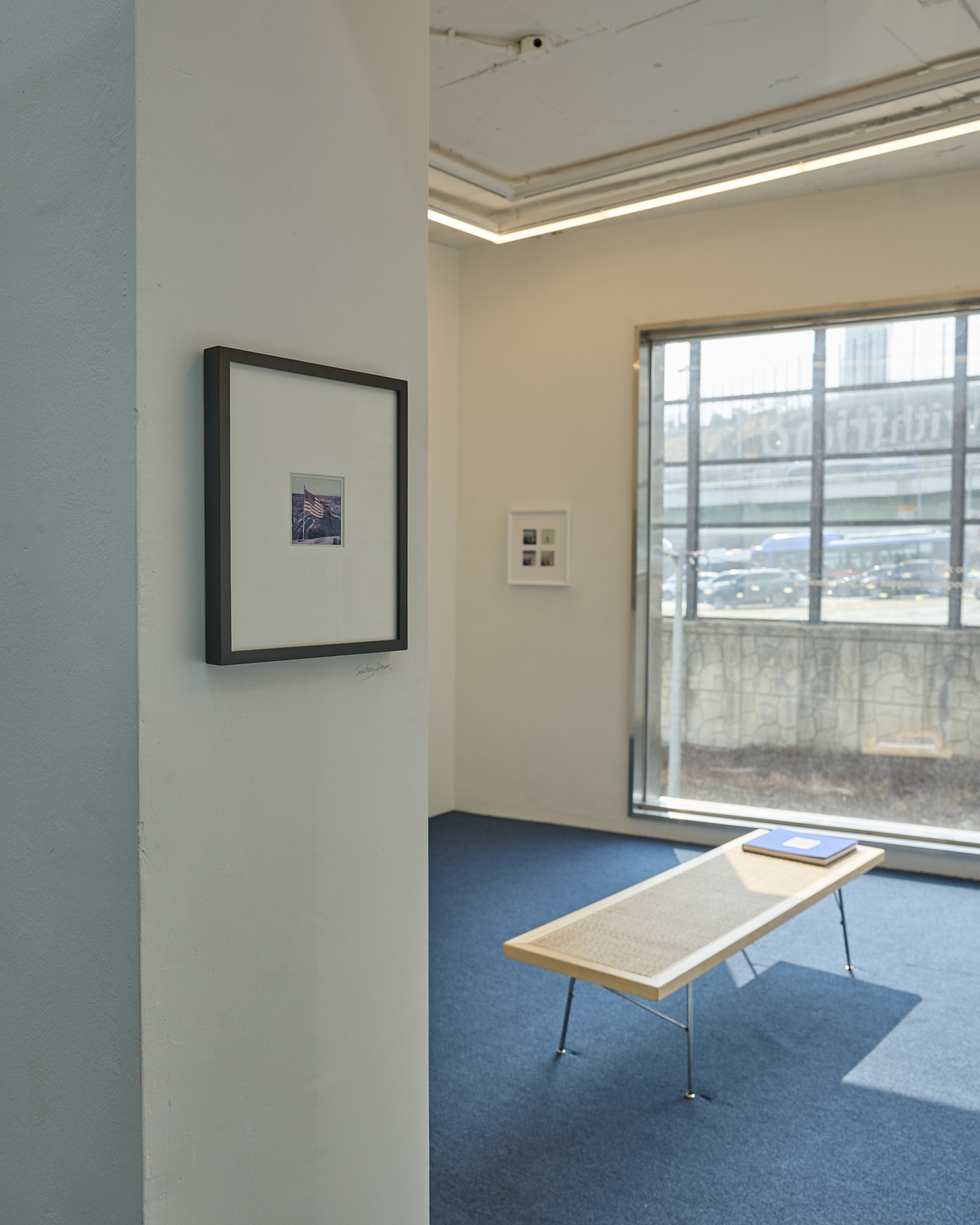
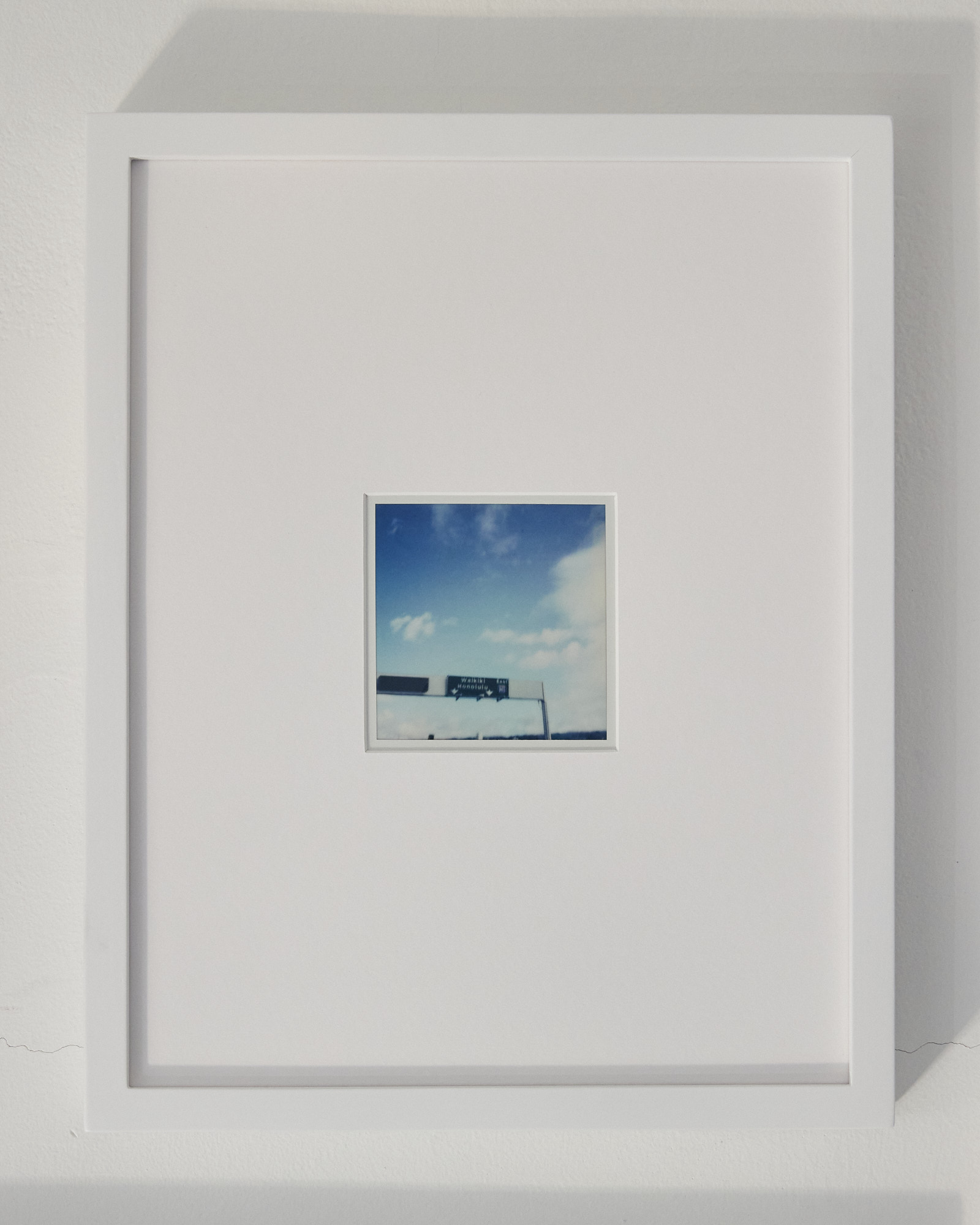

Chapter 2: Rediscovering Summer His month in Hawaii became a journey to reclaim the summer he had lost. After spending half a year confined to a hospital, the summer of 2024—a summer others remembered as unusually hot—had simply passed him by. In Kahala, far from the bustle of tourist hotspots, he focused on his recovery. Every day, he walked along the nearby beaches, capturing scenes of the world around him. The vibrancy of light he hadn’t felt in the gray sterility of the hospital. The warmth of the sun, so unlike the cold, clinical air of his hospital room. The rustling of palm trees swaying in the wind. The hum of passing cars on the road. The reflection of a violet sky in a swimming pool. Children laughing and playing on the beach in the early morning. To him, every ordinary moment felt extraordinary—new, vivid, astonishing. Even in his suffering, the world kept moving. He has yet to fully overcome the trauma of the accident, but he now understands that every pain has an end, and beyond it, something new awaits.
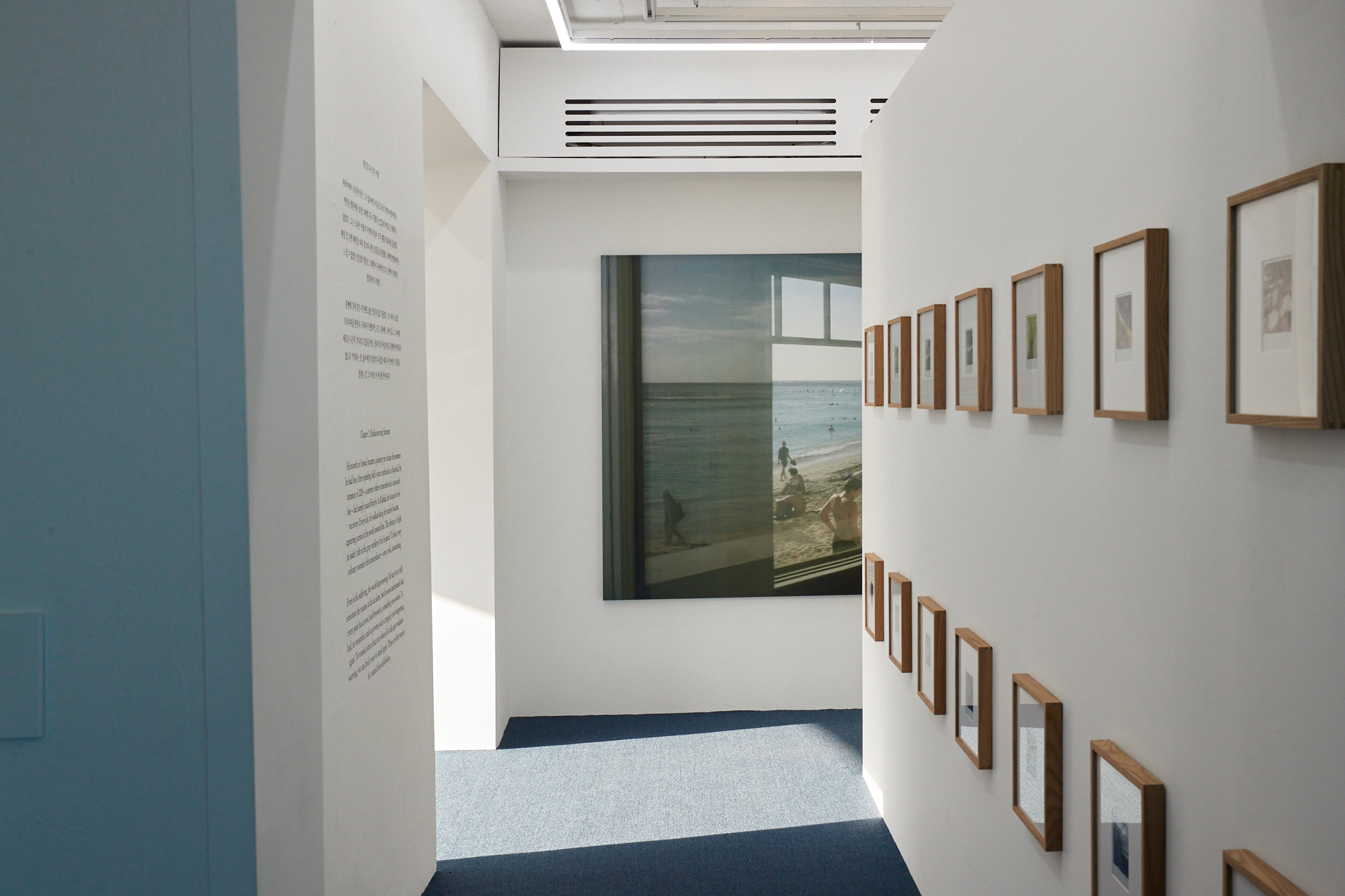
To heal, to remember, and to prevent such a tragedy from happening again. To remind others that even when life falls apart without warning, we can find a way to stand again. These are the reasons he created this exhibition.
